Review of 28 Days Later
Introduction
One of my most eagerly anticipated movies of last year, even up there with the obvious blockbusters The Two Towers and Star Wars, was a small film called 28 Days Later. 28 Days got its few preview column inches not for its star cast, but mainly for director Danny Boyle’s proposed intention to film on Digital Video, and the screenwriting debut of `The Beach` author Alex Garland.
Jim wakes up out of a coma after being knocked into a coma by a car whilst on his courier rounds, but is faced with an empty and ransacked London. After walking around a deserted Parliament Square, Jim discovers Britain’s population has virtually all succumbed to ‘Rage’, an incredibly infectious disease that causes a permanent thirst for violence. Selena and Mark, after only just saving Jim from hordes of infected mutants, explain that he is the first non-infected person they have seen in 6 days. Very quickly he learns that their lives consists of just surviving from day to day, hoping to avoid the infected and trying to find other survivors. They manage to find Frank and Megan, a father and daughter couple holding out together in their apartment, and set off to find a new home.
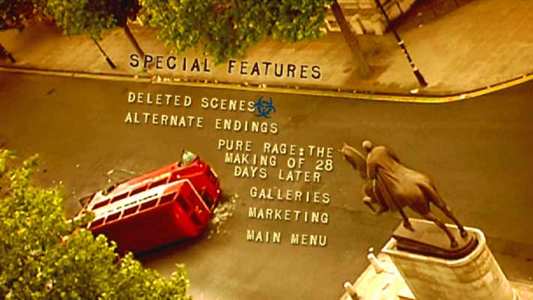
Video
Much was made of the Digital Video method of filming that Boyle used, and its relative cheapness compared to the cost of normal film stock that allowed him to effectively ‘hire out’ London for the day. The image is certainly sharp and highly-detailed, but the colours are not as vibrant as you would expect from a normally-shot film. This was Boyle’s intention, and is very effective in adding to a more gritty, realistic method of filming vision of post-apocalyptic England.
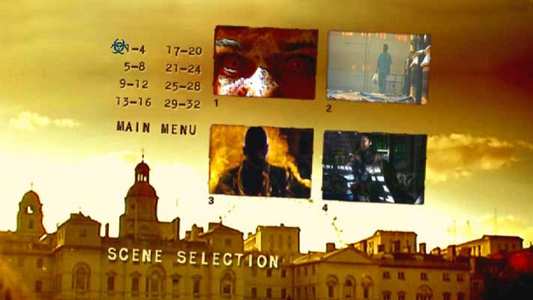
Audio
The score, especially during the less frenetic first half, is often elegiac and quite moving. The soundtrack is pretty good, in DD 5.1, with good use of the rears and front soundstage, and clear dialogue throughout. A solid effort, 7/10.
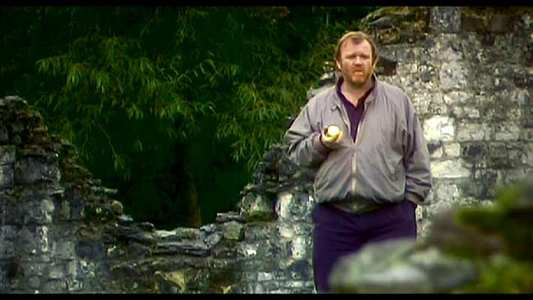
Features
There are 7 deleted scenes included, and all are accompanied by commentary from Boyle and Garland, accessible on-the-fly. Some of these are great inclusions, and would have added more emphasis to this desolate world they now live in. The picture quality of these is similar to that of the film. The alternate ending is presented under a different segment of the extras menu, also with a commentary.
The documentary “Pure Rage: The Making of 28 Days Later” is not the longest of documentaries, lasting 25mins, and certainly not on par with, say, the depth of the Jaws documentary, but it is definitely a good inclusion. `Pure Rage` concentrates on the background to the story – the threat of an outbreak of a hugely infectious disease – as well as the actors’ and director’s experiences on set.
The commentary is the extra that really deals with the making of the film. Boyle and Garland have pretty much something to say on every scene, providing anecdotes about the guerilla-style production, although Boyle is the more enthusiastic of the two. One of the better commentaries I’ve heard.
The ‘filler’ extras such as picture galleries and trailers are worth a look on this disc. In the Galleries section there is a stills section and a Polaroid section, both with a commentary by Boyle. The stills section lasts almost 20mins, so is a mini-commentary of its own. There are 2 trailers, a storyboard and a music video included in the Marketing section.
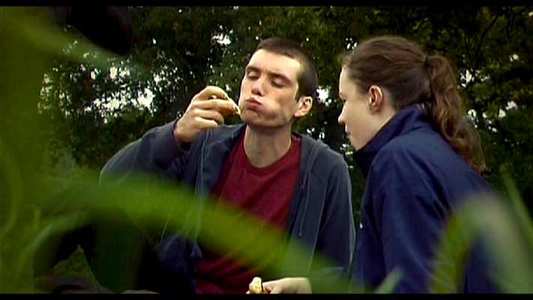
Conclusion
Although advertised as a straight zombie horror film, the first half of the film is almost purely sci-fi and hugely reminiscent of “The Day of The Triffids”. This half is where the film works best, dealing with Jim’s reaction as he wakes up to post-apocalyptic world where everything he knows and loves is gone, a little similar to Stephen King;s epic `The Stand`. The scene where he visits his home is particularly moving, a testament to Garland`s writing and Boyle`s sensitive direction. In fact this first half is some of the best cinema I saw all last year, and gave a lot for the second half to live up to.
Unfortunately 28 Days loses its way slightly after that, progressing into more typically horror territory with a straight fight against infecteds, and some curious parallels with Garland’s The Beach in the manner in which Jim becomes almost savage-like. The acting is pretty spot on: Cillian Murphy is very good as Jim, the everyman and hero of the film, and Brendan Gleeson pretty much steals the show as Cockney father Frank. The ending may be frustrating for some, but I like how Garland left so many possibilities open. Overall a hugely enjoyable and well-made film, a great DVD and one of the best buys I’ve seen so far this year.
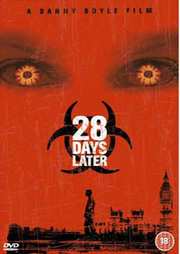




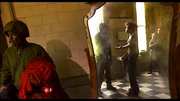

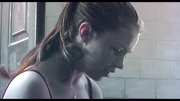
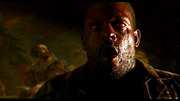
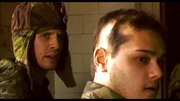
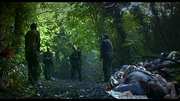
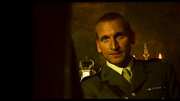
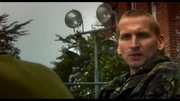
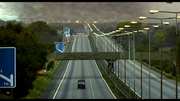
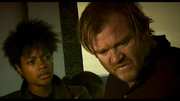
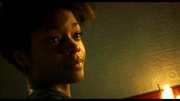
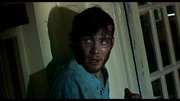
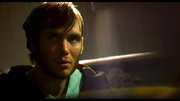
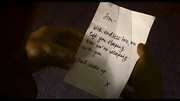
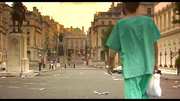

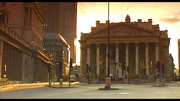
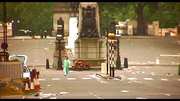
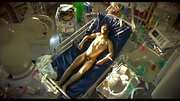
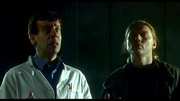
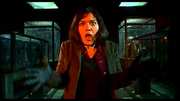
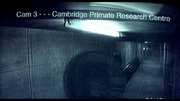
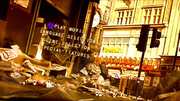
































Your Opinions and Comments
Be the first to post a comment!